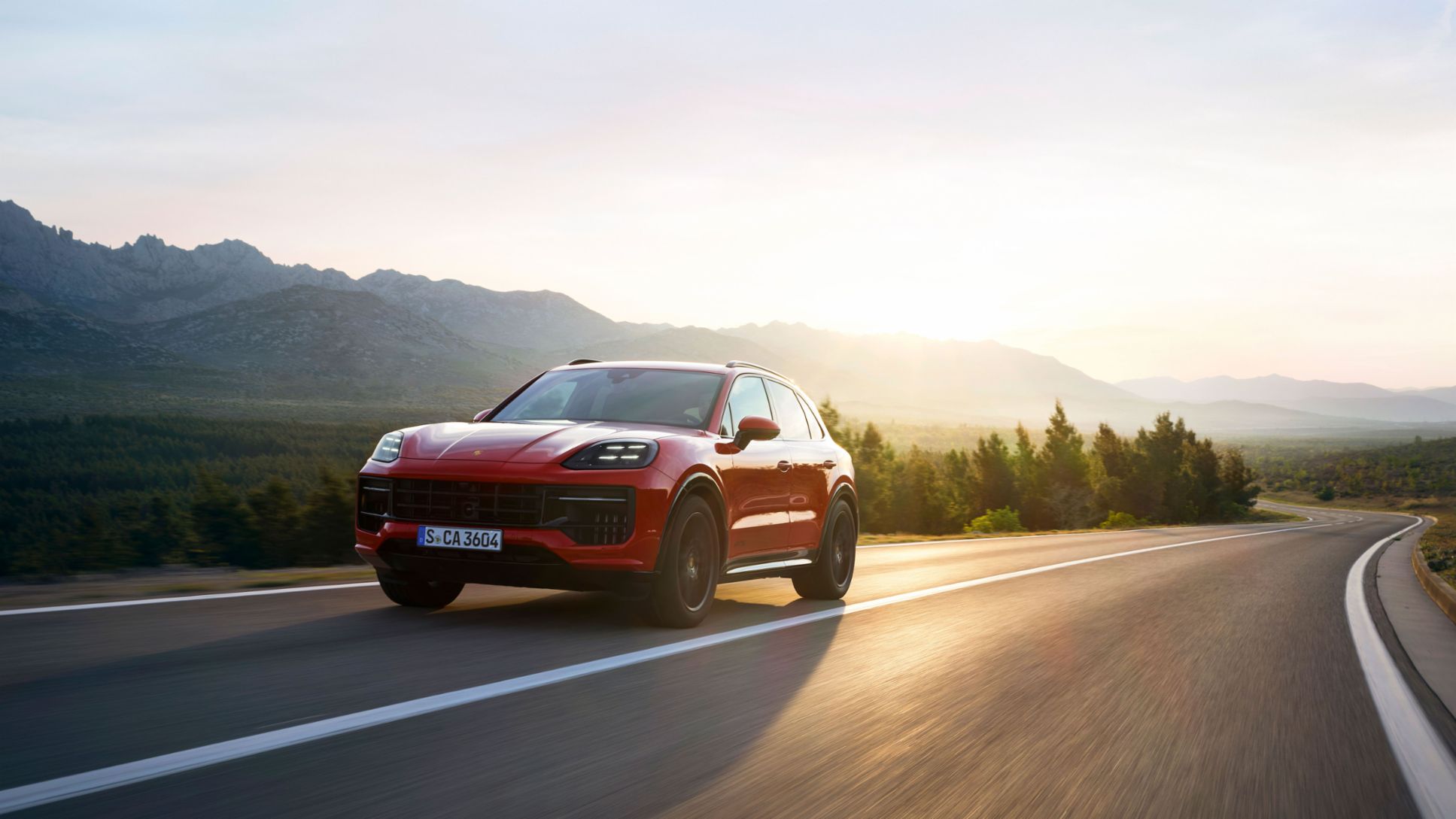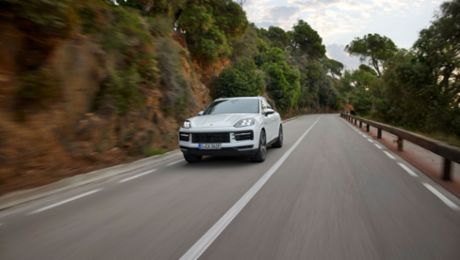The Cayenne is recording strong growth. The two-door sports cars are also up on the previous year. A total of 226,026 vehicles were handed over to customers worldwide between January and September. This corresponds to a moderate decrease of 7 percent compared to the previous year, primarily due to limited product availability. With the Panamera, Macan, Taycan and 911, four out of six model series are currently in the run-out and ramp-up phase.
“Customer demand remains at a robust level and the feedback from our customers on the new models is very good. As product availability increases, we are optimistic about the final spurt for 2024,” says Detlev von Platen, Member of the Executive Board for Sales and Marketing at Porsche AG. “The market environment remains challenging worldwide. However, with the youngest model range in the company's history and a sales structure that remains very balanced in the sales regions, we are in a robust position. Our strategy of value-oriented sales has proven its worth and will continue to form the basis of our actions in the future.”

Growth in the European markets
In Europe (excluding Germany), Porsche delivered 52,465 vehicles in the first nine months, an increase of 1 percent compared to the same period last year. In the home market of Germany, the number of vehicles delivered rose by 8 percent. A total of 26,838 units were handed over to customers. In China, the sports car manufacturer delivered 43,280 vehicles from January to September, a decrease of 29 percent. The main reasons for this remain the ongoing tense economic situation in the Chinese market and Porsche’s focus on value-oriented sales. In North America, Porsche saw continued strong demand and delivered 61,471 vehicles to its customers, a decrease of 5 percent from the same period one year ago. This is partly due to limited product availability. In the overseas and emerging markets, 41,972 vehicles were handed over to customers. This corresponds to an increase of 3 percent.
First deliveries of the all-electric Macan
At 77,686 units, the Porsche Cayenne recorded the highest number of deliveries in the first nine months (+21 percent). It was the first new model to be launched as part of the comprehensive product offensive and is having a correspondingly positive effect around a year after its market launch. The Porsche Macan went to 55,000 customers. This corresponds to a drop of 20 percent, which is mainly due to the model changeover in many markets. Detlev von Platen: “The new all-electric generation of the SUV is being handed over to the first customers these days. We are convinced that it was worth the wait and that the Macan will impress with its innovations and performance.”
The iconic 911 sports car is still very popular with customers: 39,744 units of the 911 were delivered worldwide (+2 percent). The Panamera went to 21,506 customers (-20 percent). This decline can be explained by the market situation in China as well as the current model change. The latter also applies to the Taycan. Between January and September, 14,042 customers took delivery of their Taycan (-50 percent). The 718 Boxster and 718 Cayman models recorded 18,048 deliveries, which corresponds to growth of 10 percent.
“2024 is a particularly challenging year for us with limited product availability in some cases. However, we are deliberately focusing on a quality-oriented ramp-up in our new model series so that we can continue to offer our customers an unmistakable brand and product experience in the future,” says Detlev von Platen.
|
Porsche AG |
January – September | ||
| 2023 | 2024 | Difference | |
| Worldwide | 242,722 | 226,026 | -7% |
| Germany | 24,814 | 26,838 | +8% |
| North America | 64,487 | 61,471 | -5% |
| China | 60,748 | 43,280 | -29% |
| Europe (excluding Germany) | 51,742 | 52,465 | +1% |
| Overseas and emerging markets | 40,931 | 41,972 | +3% |
Disclaimer
This press release contains forward-looking statements and information on the currently expected business development of Porsche AG. These statements are subject to risks and uncertainties. They are based on assumptions about the development of economic, political and legal conditions in individual countries, economic regions and markets, in particular for the automotive industry, which we have made based on the information available to us and which we consider to be realistic at the time of publication. If any of these or other risks materialise, or if the assumptions underlying these statements prove incorrect, the actual results could be significantly different from those expressed or implied by such statements. Forward-looking statements in this presentation are based solely on the information pertaining on the day of publication.
These forward-looking statements will not be updated later. Such statements are valid on the day of publication and may be overtaken by later events.
This information does not constitute an offer to exchange or sell or offer to exchange or purchase securities.



